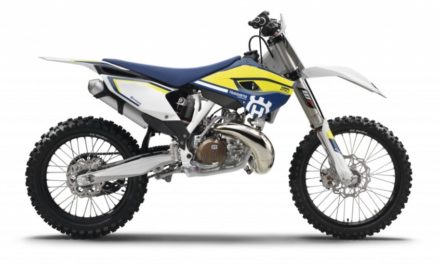Part-Time Four Wheel Drive
By Paul Romesburg
(PT – 4WD), the point and the issues
The essential just of this system is to provide the operator with more traction when necessary. One of the biggest faults with said system is the fact that people leave it on and think nothing of it, “oh it will help when I need it”. There are several problems with this ideology: gas consumption, unnecessary wear and tear to the drive train system and other components, and degeneration of the system itself. So the overall thought here is just turn the button to off (make sure hubs are not locked) when it is not needed.
It is well-known that using the “extra buttons” on a car will often times decrease fuel economy, though usually by only a small amount. This is not an exception when using the PT – 4WD system. On the contrary, because of that button, the traction provided is fundamentally doubled so there would be a noticeable increase in fuel consumption. If the button is off your torque is limited to the two wheel drive (2WD) system, freeing up power, reducing unutilized traction and friction and in turn making less resistance. There in making the engine not have to work as hard.
Under normal conditions the PT – 4WD system operates in 2WD for everyday driving will reduce unnecessary wear and tear simply because it is not using the components. When activated, the PT – 4WD system can be put into either 4WD high or 4WD low depending on necessity based on traction conditions. If the system is left engaged the front wheels can be forced by good traction on the ground to rotate faster than the rear wheels. Since the front drive shaft runs at the same rpm as the rear there in lies a conflict amidst the drive shaft and the front wheels making them slow down and causing wide turns known as understeering. With prolong usage 4WD can cause adjoining parts (weak points) to break-down or break all together such as; bearings, U-joints, differential and or transfer case gears ext.
Continued use of the PT – 4WD system when not in particularly bad traction conditions will make the 4WD system performance suffer. The front wheels will not pull correctly hindering the front drive shaft. This restricts the mechanical
components from moving freely causing them to bind. This condition is most commonly known as axle binding and will eventually cause component failures. Even tire pressure differences or a load can cause binding and lead to damage.
Simply put it’s a waste of money to leave the PT – 4WD button on when it is not needed. More fuel is consumed. Leaving the 4WD on can cause unnecessary wear and tear on components. As well as the system its self takes a hit. Extra money on the fuel is a given. The various components and system its self can cost upwards of thousands depending on what part(s) and labor for installation. All in all it isn’t worth the money or the headache, so turn that little button off when not needed.












